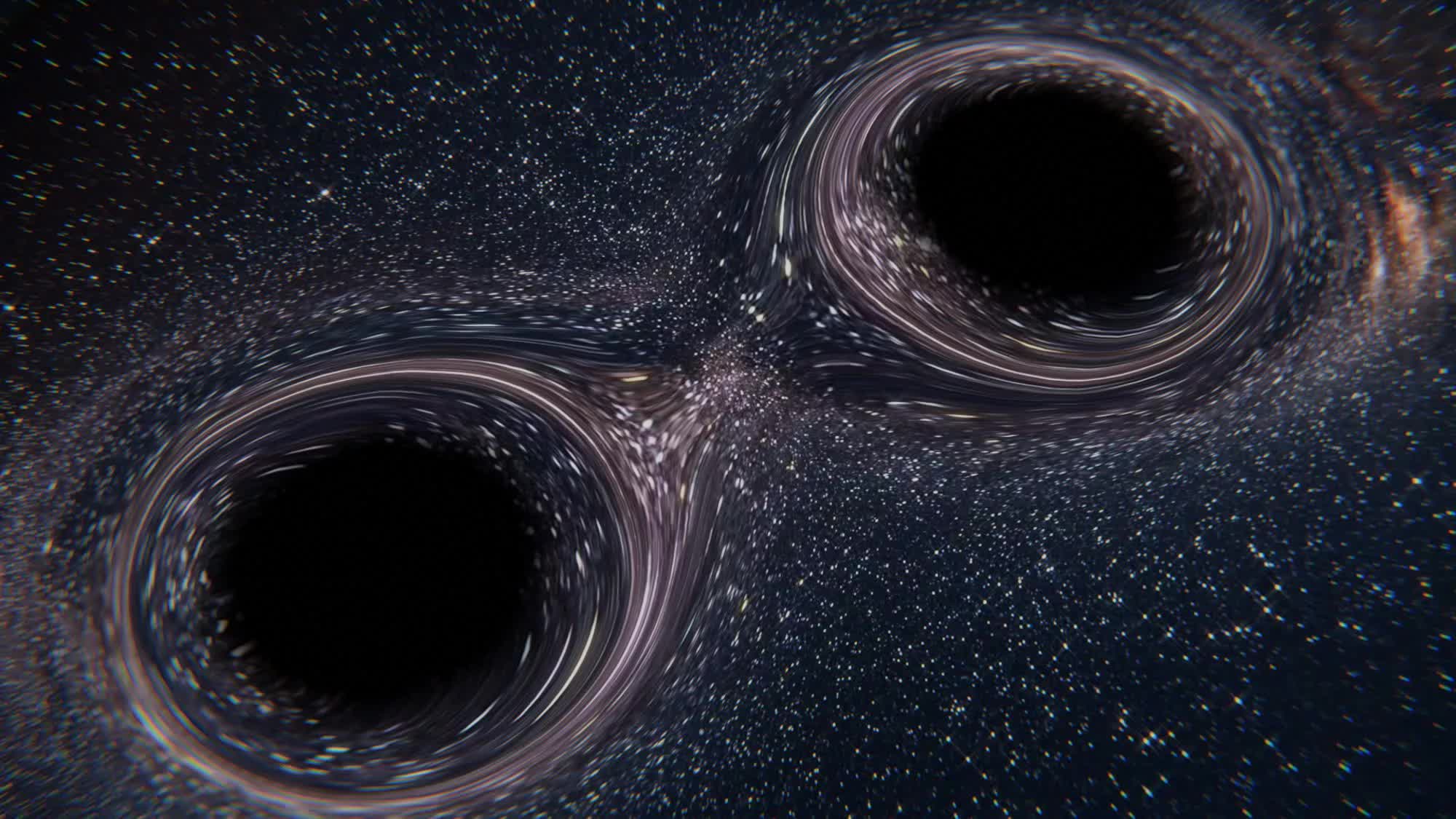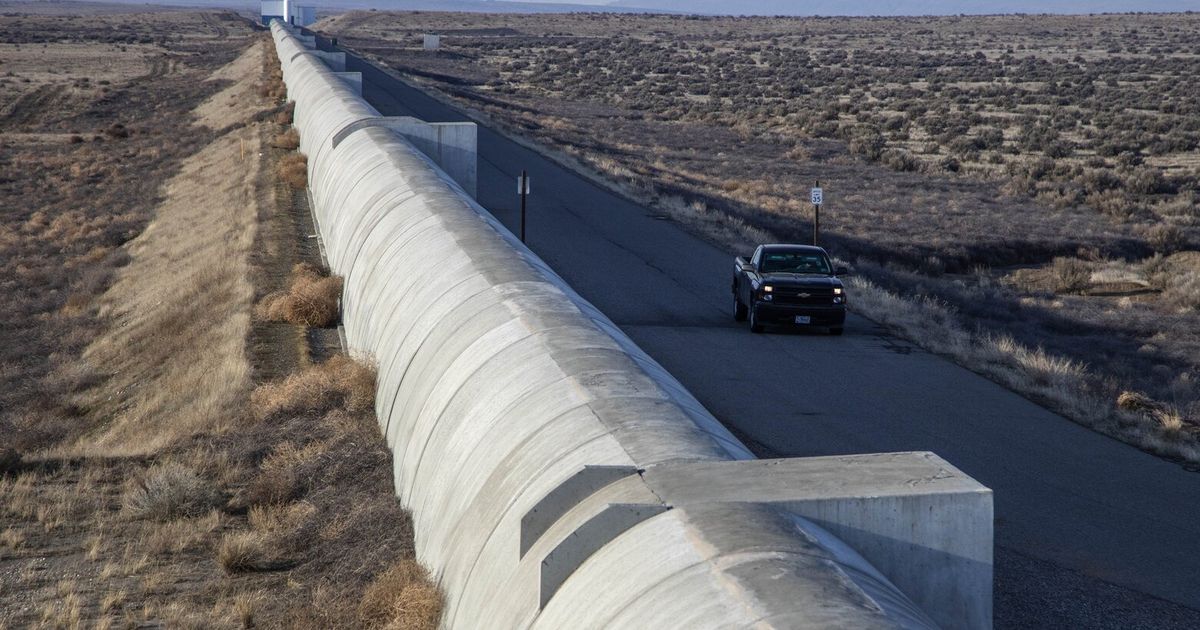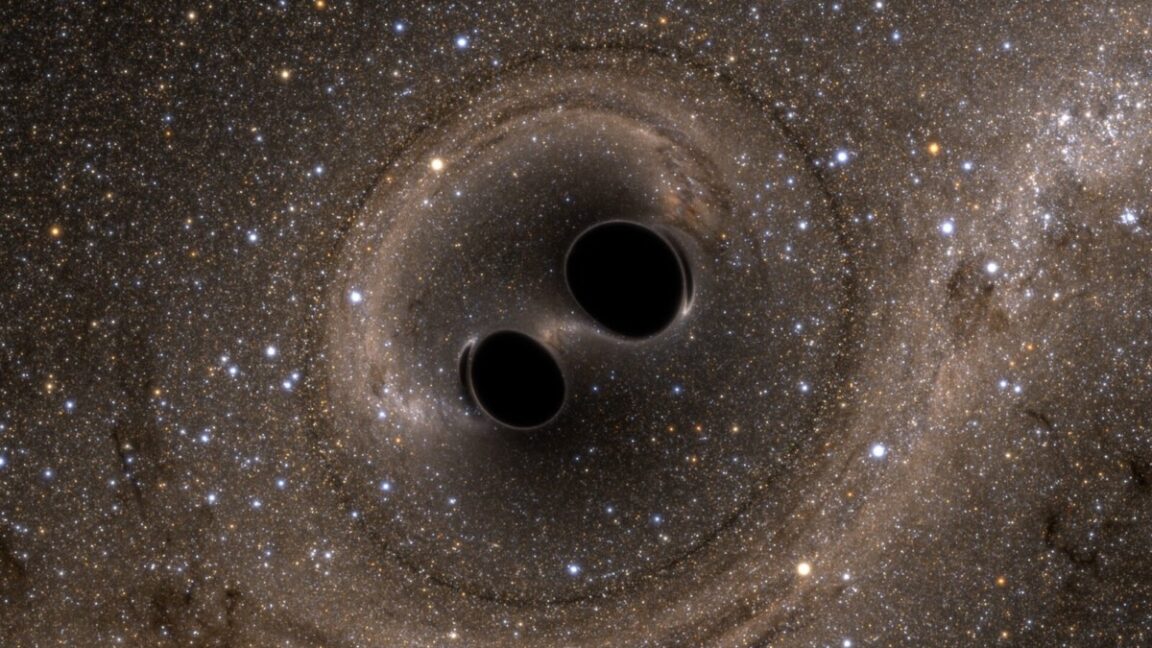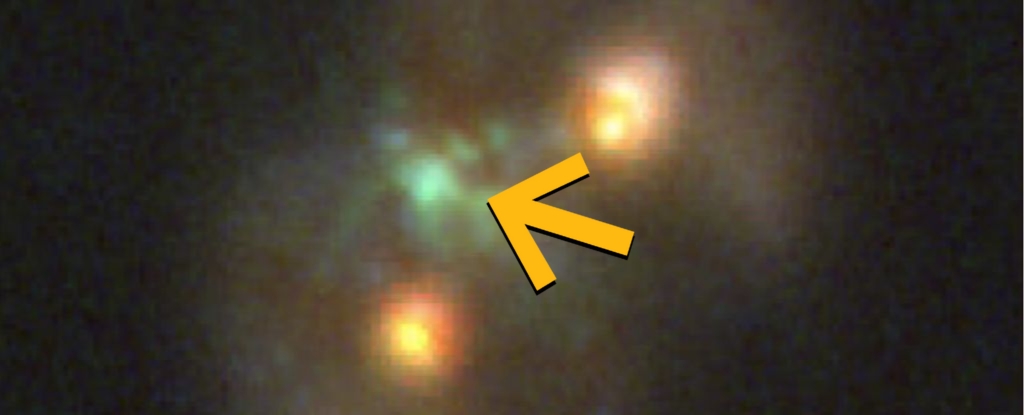T4K3.news
Massive black hole merger discovered
Scientists report a merger creating a black hole 225 times the mass of the Sun.

A significant black hole merger has been recorded, pushing the boundaries of cosmic research.
Massive black hole merger challenges understanding of cosmic formation
Scientists announced the detection of the largest black hole merger ever observed, creating a black hole 225 times the mass of the Sun. This unprecedented collision, named GW231123, occurred on the outskirts of the Milky Way and was identified by the LIGO-Virgo-KAGRA Collaboration, which monitors cosmic events through gravitational waves. Prior to this, the most massive merger recorded was 140 times the Sun's mass. The event involved two black holes, each between 100 and 140 times the mass of the Sun, and presented unique challenges for astrophysicists due to their rapid spinning. Researchers plan to share their findings at the upcoming International Conference on General Relativity and Gravitation.
Key Takeaways
"This is the most massive black hole binary we've observed through gravitational waves."
Mark Hannam emphasizes the significance of the finding for gravitational wave research.
"Black holes this massive are forbidden through standard stellar evolution models."
Hannam highlights the unexpected nature of the merger findings.
"It will take years for the community to fully unravel this intricate signal pattern."
Gregorio Carullo indicates the long-term research ahead in understanding the discovery.
The discovery of this massive merger is more than a milestone; it disrupts long-standing theories about black hole formation. Standard models suggest that black holes of such size should not exist. Mark Hannam of Cardiff University noted that this finding prompts scientists to rethink how these cosmic giants form. Possible explanations include mergers of smaller black holes. As scientists continue to unravel the complexities of this event, it may lead to a deeper understanding of our universe and its evolution.
Highlights
- This is a game-changer in black hole science and our understanding of the universe.
- The challenge of massive black holes pushes us to rethink their formation.
- A cosmic mystery unfolds as we explore the largest black hole merger ever detected.
- The complexities of GW231123 could reshape our view of stellar evolution.
Potential challenges in astrophysics theories
The discovery of such a massive black hole could lead to controversy in astrophysical models about black hole formation and evolution.
The implications of this discovery could redefine astrophysical theories for years to come.
Enjoyed this? Let your friends know!
Related News

LIGO detects groundbreaking black hole merger

LIGO makes significant black hole discovery amid budget cuts

Largest black hole merger detected by LIGO-Virgo-KAGRA

Record black hole merger detected by LIGO team

Astronomers capture first evidence of supermassive black hole formation

Discovery of Possible Supermassive Black Hole Formation

Vibe physics poses risks in scientific discussions

Yellowstone Discovers New Hot Spring
